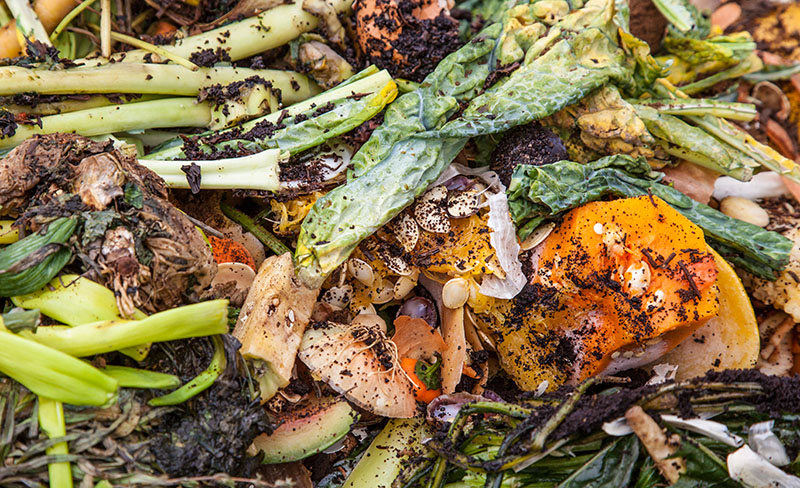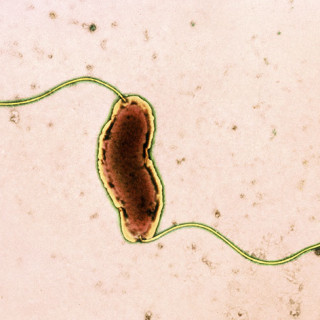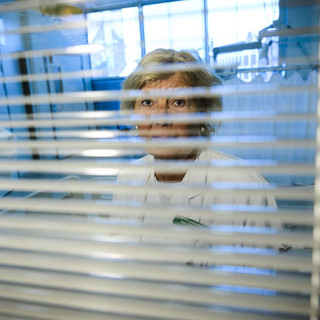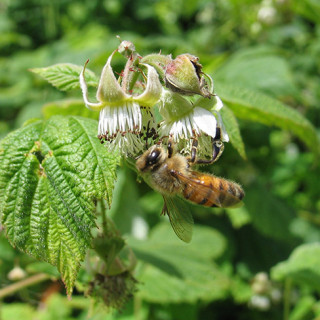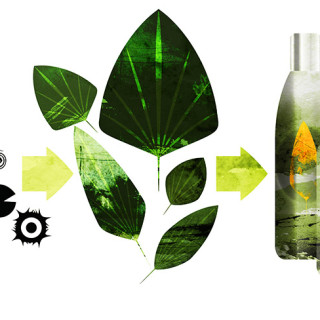Bacteria in food more expensive than previously believed
According to a new analysis from AgriFood Economics Centre focusing on the economic impact of five common foodborne diseases, the costs associated with food poisoning in Sweden exceed SEK 1 billion per year. That’s nearly SEK 500 million more than previously estimated.
A STUDY published 2015 at the AgriFood Economics Centre has calculated the number of cases and costs of five different bacteria, transmitted through food: Campylobacter, salmonella, EHEC, yersinia and shigellosis. The costs amounted to more than SEK 1 billion annually, which is about twice as high as previously thought.
Overall, the most expensive and common were infections caused by campylobacters. These account for SEK 629 million, over 60 per cent, of the total associated costs. Salmonella accounts for SEK 230 million and EHEC for SEK 76 million of the total costs. EHEC is less common but results in twice the cost per case of illness as the other diseases.
THE CALCULATIONS INCLUDE the cost of medicine, hospital care, rehabilitation and lost productivity due to sick leave. These costs were calculated both for the five main diseases and for various secondary diseases one may develop, which is one reason why the costs are higher than in other studies, according to Kristian Sundström, economist at AgriFood and author of the study.
“As many as 15 per cent may develop problems with their joints and intestinal functions, etc. – problems that in the worst cases may last for several years. In some cases, it can even result in serious and sometimes life-threatening medical conditions, which was demonstrated by the latest major EHEC outbreak in Germany”, says Kristian Sundström.
An important part of the work figuring out the cost has been to model how many cases that actually occur annually. For example, 7 880 cases of campylobacter infections are reported annually, while the actual number of cases is expected to exceed 70 000.
“We have estimated that the actual number of cases is between six and nine times higher than the number of reported cases. This is mainly due to many cases being so mild that people do not seek care, but it can also be due to misdiagnosis and uncertain test results. We have developed a model to take these errors into account, and thereby be able to acquire a better representation of the actual number of cases.
Text: Kristian Sundström and Henrik Killander
Published: 2015
Facts
-
AgriFood Economics Centre
-
AgriFood Economics Centre is a collaboration between the School of Economics and Management at Lund University, and the Swedish University of Agricultural Sciences.
-
Number of cases and costs per year for the five most common foodborne diseases in Sweden
-
Number of cases Health care costs (SEK) Cost/case (SEK) Campylobacter 71 316 629 million 8 800 Salmonella 18 720 230 million 12 300 EHEC 3 166 76 million 24 000 Shigella 3 340 37 million 11 100 Yersinia 2 522 30 million 11 900 Campylobacters are excreted through human and animal feces, and the disease is mainly spread through contaminated food. In Sweden, the bacteria accounts for SEK 629 million per year in associated expenses.


